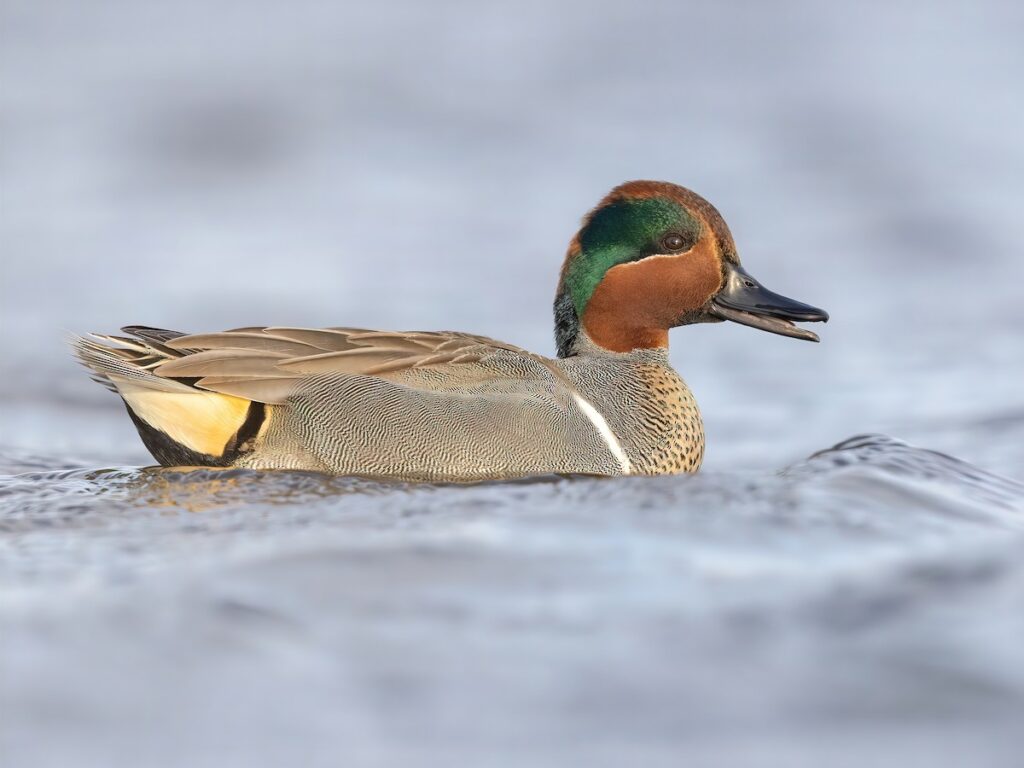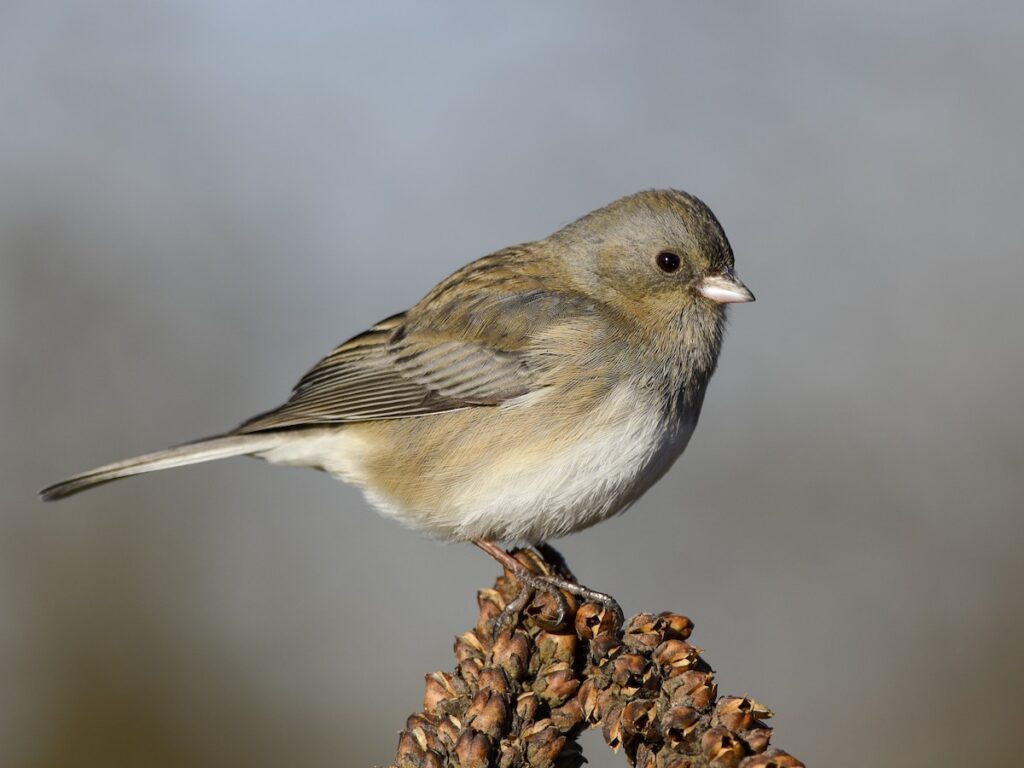A Broad-Tailed Hummingbird’s Journey July 14, 2025
Lydia Loof
July 14, 2025

Monday, July 14, 2025
A broad-tailed hummingbird (Selasphorus platycercus) has nested on a sprinkler pipe on the Toklat terrace. The nest, which is slightly larger than half a golf ball, is high enough that we can’t really see inside, so for a while we had no idea if there were eggs, chicks, or if the nest was empty. The only sign of life was a female hummingbird flitting in and out, scaring off chipmunks and other birds. This morning there was finally a sign of something more – the female was feeding her young.

Broad-tailed hummingbird chicks on the Toklat terrace. July 3, 2025. Photo by author.
These chicks are the result of immense effort and coordination. The Roaring Fork Valley bird population changes significantly from summer to winter each year, so none of the valley’s hummingbird species that can be seen and heard during the summer can be found between the onset of fall colors and snowmelt. That’s because these birds undergo a somewhat miraculous migration between Colorado and Mexico each year, traveling no less than 1,500 miles in each direction. For a broad-tailed hummingbird, which weighs about as much as a single Jelly Bean, that means traveling up to 30 miles per hour and beating its wings 50 times a second. All of this to get to their breeding grounds in Colorado each spring, just in time to lay 2-3 of the tiniest eggs you could possibly imagine.

Journal entry from artist Sarah Drummond focussing on the Toklat broad-tailed hummingbird nest. June 12, 2025. Art by Sarah Drummond.
What really impresses me is the coordination that must take place upon their arrival in Aspen. There must be enough food available for males to have enough energy for their mating display (a fast dive accompanied by a high pitched trill) and for females to build nests and lay eggs. To accomplish this, broad-tailed hummingbirds have precisely coordinated their migration with the availability of nectar from the glacier lily (Erythronium grandiflorum) and Nelson’s larkspur (Delphinium nuttallianum). These are some of the first flowers to bloom after the snowmelt, and are a crucial source of calories for hungry hummingbirds. Too early, and there’s no nectar available. Too late, and there may be competition with other pollinators. In either case, there may not be enough food for hummingbird chicks to hatch or survive.
While broad-tailed hummingbirds have timed their migration to match up with the availability of these flowers for generations, climate change is creating difficulty. The climate is changing rapidly in high elevation habitats like the Roaring Fork Valley, meaning the glacier lily and dwarf larkspur now bloom up to 17 days earlier than they did in 1970. Lower latitudes and elevations have been changing at a slower rate, so the cues that hummingbirds use to kick off their migration haven’t shifted equivalently. The result? Broad-tailed hummingbirds arrive in Colorado to find their trusty early-blooming flowers already replete of nectar. Without that energy, reproduction and survival is much more challenging for these birds.
The nest on our Toklat terrace is a testament to the rigors of life as a migratory bird. Now when I look out the window to watch the hummingbird chicks being fed by their mother, I see more than just maternal care. I see thousands of miles of flight, over 300 million beats of a wing, timing that has been mastered through countless generations of migration, and a precarious relationship between plants and their pollinators.
Written June 26, 2025 by ACES Naturalist Lydia Loof. As of July 7, 2025 the chicks have left the nest!

Adult male broad-tailed hummingbird. Photo by Steve Berliner.
Huggins, Janis Lindsey. “Wild at Heart.” People’s Press, 2008.
Mitton, Jeff. “Broad-tailed hummingbirds need to return to Colorado sooner.” Colorado Arts and Sciences Magazine, University of Colorado, 25 May 2021, https://www.colorado.edu/asmagazine/2021/05/25/broad-tailed-hummingbirds-need-return-colorado-sooner. Accessed 26 June 2025.
Rey-Vizgirdas, Edna. “Yellow Avalanche-lily.” United States Department of Agriculture, https://www.fs.usda.gov/wildflowers/plant-of-the-week/erythronium_grandiflorum.shtml. Accessed 26 June 2025.
Weiss, Rebecca. “Birds of Aspen and the Roaring Fork Valley.” Roaring Fork Birds, Inc.
Related Content

ACES Morning Birding at Hallam Lake 08/26/25
Learn More
ACES Rosy-Finch Study at Snowmass Village 03/11/25
Learn More